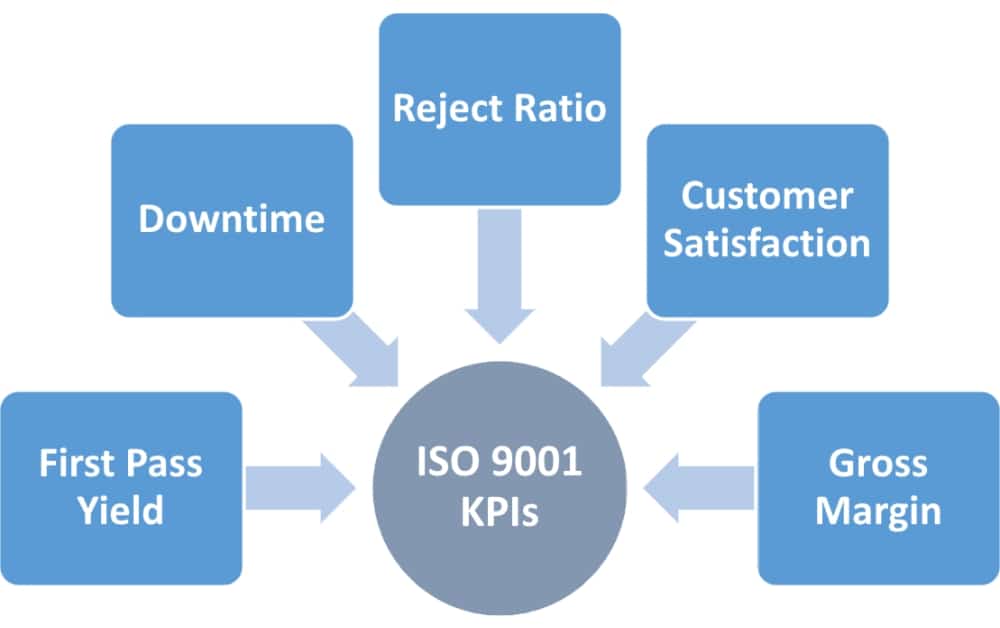 Mark Hammar
Mark Hammar
May 24, 2016
Even if you have only started to implement a Quality Management System (QMS), you will very likely have heard about Key Performance Indicators (KPIs) within the management system. This term is commonly used, and has been for many years, even though ISO 9001:2015 doesn’t actually use this term. So, you are probably wondering what ISO 9001 actually says and what the term Key Performance Indicator actually means.
ISO 9001 talks a lot about evaluating performance even though it never uses the full term Key Performance Indicator. In fact, the only time the term performance indicators is used is in section 4.4.1 where there is a discussion of the processes of the QMS and that the organization needs to determine the criteria and methods needed to ensure effective operation and control, including related performance indicators. But what does this mean?
Throughout the ISO 9001 standard there are requirements for reporting on the performance of the QMS, determining competence that affects the performance of the QMS, and evaluating the performance and effectiveness of the QMS. This is most prevalent in section 9 on performance evaluation. The requirements throughout this section highlight the importance of monitoring, measuring, analyzing, and evaluating the QMS, including the use of the important processes of internal audit and management review for this purpose.
For more on what ISO 9001:2015 requires for performance evaluation, see this article on How to implement the Check phase (performance evaluation) in the QMS according to ISO 9001:2015.
So, what ISO 9001:2015 requires is that your company determines what it needs to monitor and measure to determine the performance and effectiveness of the QMS, how and when to do the monitoring and measuring, and analyze and evaluate the results. The term Key Performance Indicator refers to these measurements that you have chosen to use. This is completely up to you, but you need to ask yourself: “What do I need to measure to know that my QMS processes are performing as expected and that they are effective?”
To do this you need to know which are the most important elements of your QMS processes. If you are a high production environment where you need to deliver on time, then measuring the elapsed time to create your product or service might be the best measure for you to use. However, if you are more specialized in what you do, where time to deliver is not as important, this may not be a Key Performance Indicator for you.
When you have determined what the most important things to measure are, the next steps are clear from the requirements: monitor and measure what is needed, analyze and evaluate the results, and then use this as a method to control and improve your Quality Management System.
Some commonly used Key Performance Indicators that might help you to determine what is needed in your company are:

It doesn’t matter if you use the term Key Performance Indicator or some other term, the most important thing to remember when implementing ISO 9001:2015 is to think about what measurements will help your QMS to be successful. Remember that this may not be a one-time decision, and sometimes after you have monitored something for a period of time you will find that it is not giving you the information you need and you have to find a better measurement to use.
It is up to you to identify what is important for your business and what is not, but using this important information to control and improve the processes within your Quality Management System is the key element in getting the benefits you want out of your QMS investment. Use them well.
To help understand the elements in ISO 9001:2015, check out this online course ISO 9001:2015 Foundations Course.